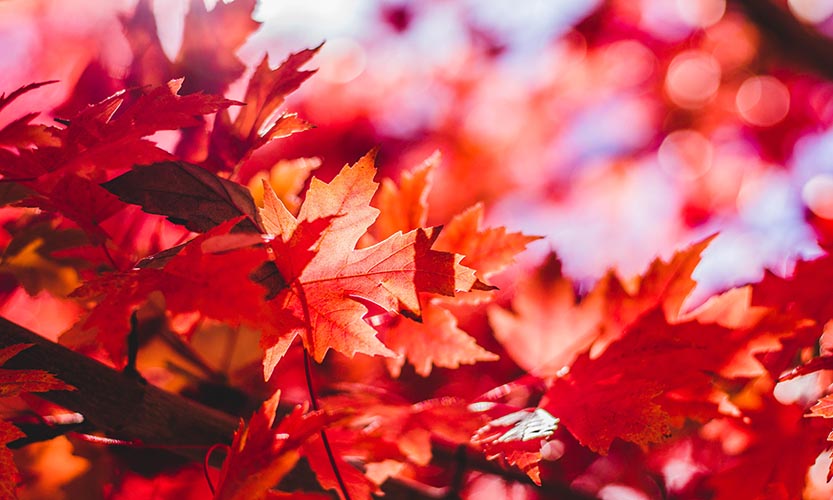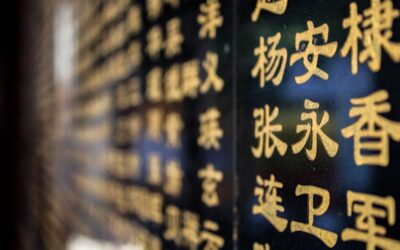DOODLING:
Scrawling little images on a piece of paper when you should really be paying attention to something else may seem like you are just wasting time, but nothing could be further from the truth. These drawings transform mental discourse – all the buzz inside your head – into symbol.
Symbol is the language of the unconscious mind. Doodling makes symbols visible— right alongside those meeting notes you should be taking down. This is where ideas germinate. So spend some time analyzing those scribbles – they are telling you something important about whatever creative endeavor you are NOT working on in the moment.
ORGANIZING A CLOSET:
The New York Times recently ran an obituary for a remarkable librarian, Kathie Coblentz. Among many other achievements, the article notes that she had managed to squeeze 3600 books into her tiny one-room apartment in Manhattan. She accomplished this feat by carefully mapping out the order of these volumes.
She did not proceed by merely alphabetizing the personal library, or even borrowing the Dewey decimal system. She followed her own idiosyncratic method of organization, unique to her own needs. She could find everything within seconds.
Apply the same sort of creativity when organizing the shelves in your closet or pantry. Let caprice guide you and establish an order that resonates with you. This is your own personal space, so claim it and let its arrangement speak to you.
RAKING LEAVES:
Japanese Buddhist monks tend carefully to their dry gardens. These are expanses dedicated to emulating natural landscape features using mostly gravel and just a few carefully placed ornamental rocks or plants.
Of particular interest is the method called kogetsudai, which means gravel mountain. This technique sprung out of a wayward gravel pile placed alongside one dry garden. Both resident monks and visitors took pleasure in this pile of rocks, for its utilitarian purpose spoke to them of the venerated quality of impermanence. The gravel cones in other monasteries came to represent more fixed features in the landscape, such as Mt. Fuji in the Ginkaku-ji garden in Kyoto.
Most of us do not have dry gardens at home. But, as autumn arrives, we are faced with the chore of raking leaves into large piles, to be shortly hauled away. Treat those piles with some reverence. Get creative about their shapes and contours. Can they represent something more than just an arduous task to be performed on some chilly weekend afternoon?




